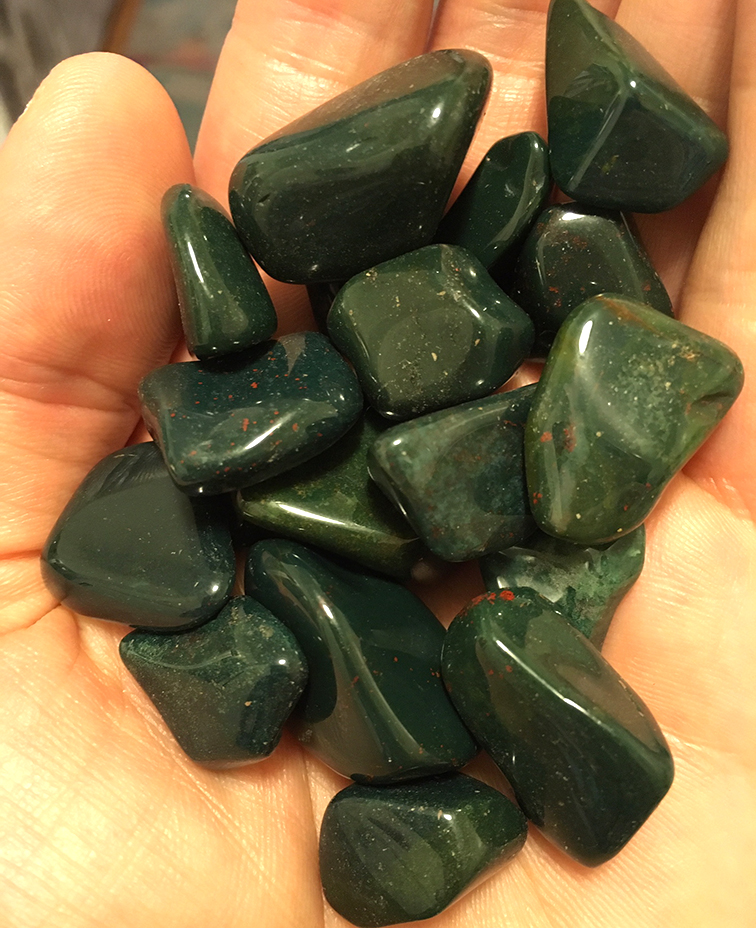Difference between revisions of "Template:POTD protected"
Occultwiki (talk | contribs) |
Occultwiki (talk | contribs) |
||
| Line 1: | Line 1: | ||
{| role="presentation" style="margin:0 3px 3px; width:100%; text-align:left; background-color:transparent; border-collapse: collapse; " | {| role="presentation" style="margin:0 3px 3px; width:100%; text-align:left; background-color:transparent; border-collapse: collapse; " | ||
|style="padding:0 0.9em 0 0;" | [[File: | |style="padding:0 0.9em 0 0;" | [[File:Bloodstones1.jpg|300px|thumb|]] | ||
|style="padding:0 6px 0 0"| | |style="padding:0 6px 0 0"| | ||
'''[[ | The mineral aggregate '''[[bloodstone]]''' is a cryptocrystalline mixture of quartz that occurs mostly as [[jasper]] (opaque) or sometimes as chalcedony (translucent). The "classic" bloodstone is opaque green jasper with red inclusions of hematite. The red inclusions may resemble spots of blood, hence its name. The name heliotrope derives from various ancient notions about the manner in which the mineral reflects light. Such notions are described, for example, by Pliny the Elder. | ||
Bloodstone was called "stone of Babylon" by Albertus Magnus and he referred to several magical properties, which were attributed to it from Late Antiquity. Pliny the Elder (1st century) mentioned first that the [[magician]]s used it as a stone of invisibility. Damigeron (4th century) wrote about its ability to make rain, solar eclipse and its special virtue in [[divination]] and preserving health and youth. | |||
<p><small>Photographer: [[Travis McHenry]]</small></p> | <p><small>Photographer: [[Travis McHenry]]</small></p> | ||
[[:Category:Images|'''(More Images)''']] | [[:Category:Images|'''(More Images)''']] | ||
<div class="potd-recent" style="text-align:right;"> | <div class="potd-recent" style="text-align:right;"> | ||
Revision as of 01:44, 21 February 2023
|
The mineral aggregate bloodstone is a cryptocrystalline mixture of quartz that occurs mostly as jasper (opaque) or sometimes as chalcedony (translucent). The "classic" bloodstone is opaque green jasper with red inclusions of hematite. The red inclusions may resemble spots of blood, hence its name. The name heliotrope derives from various ancient notions about the manner in which the mineral reflects light. Such notions are described, for example, by Pliny the Elder. Bloodstone was called "stone of Babylon" by Albertus Magnus and he referred to several magical properties, which were attributed to it from Late Antiquity. Pliny the Elder (1st century) mentioned first that the magicians used it as a stone of invisibility. Damigeron (4th century) wrote about its ability to make rain, solar eclipse and its special virtue in divination and preserving health and youth.
Photographer: Travis McHenry |
